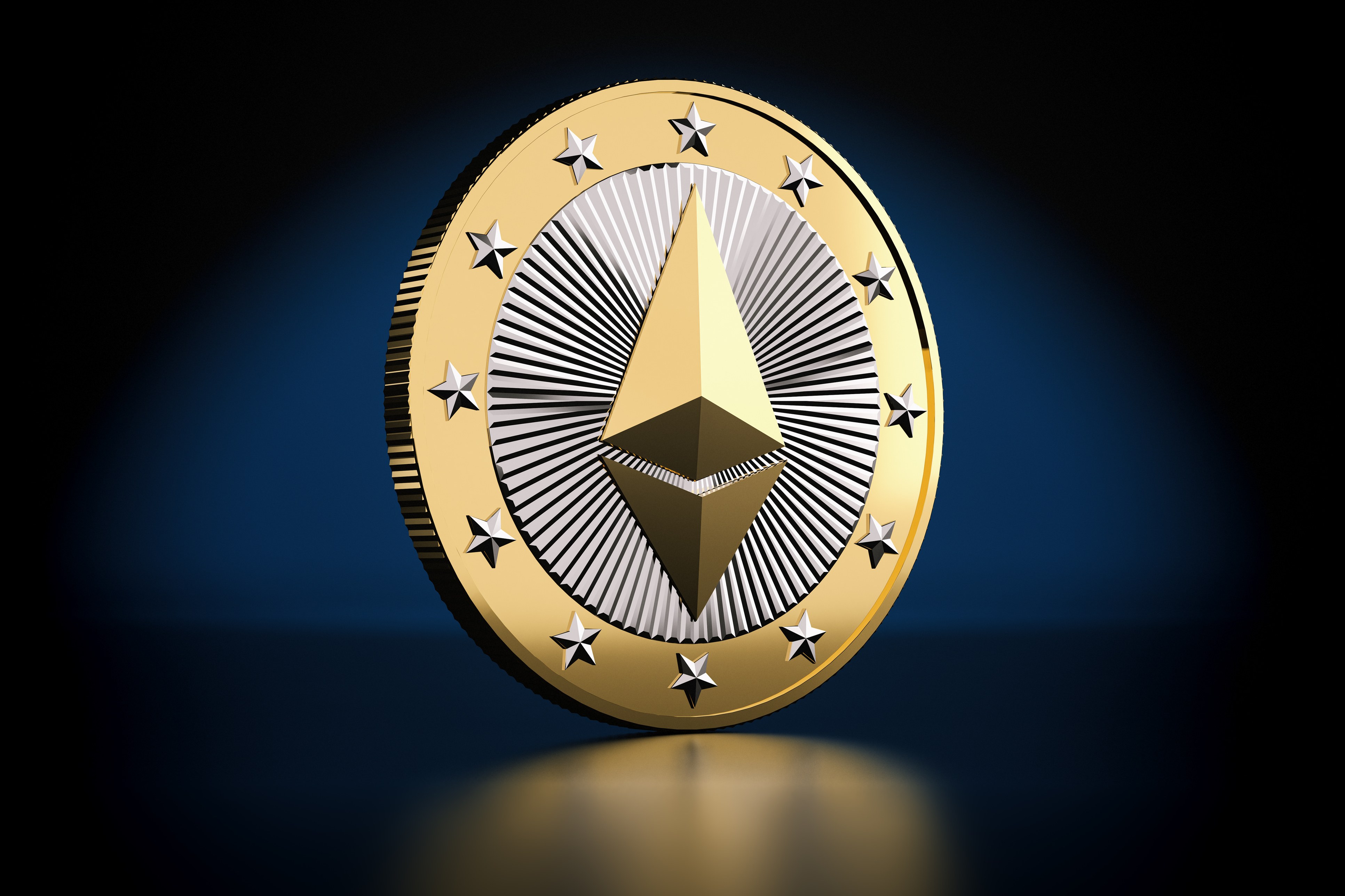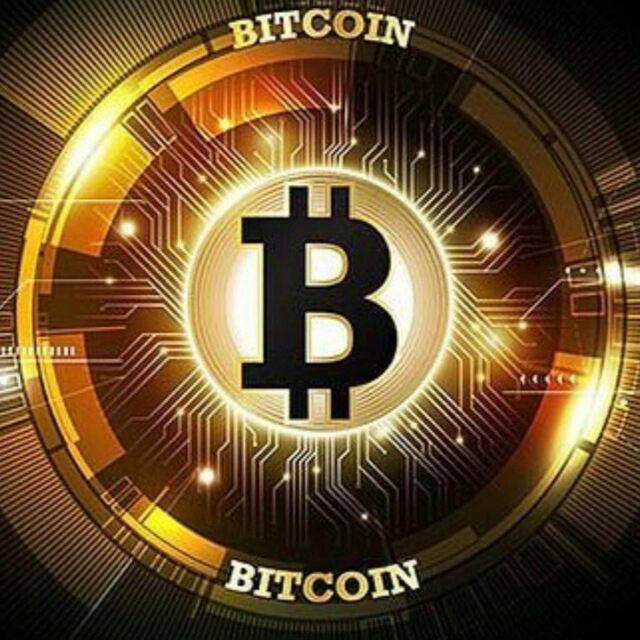What is an Ethereum?
Imagine a world without intermediaries. A world where people directly, without the need to trust each other, exchange assets, sign contracts, and use services. Decentralized programs that never stop and no one can interfere with their work. The Ethereum was the first system to come to fruition.
What is an Ethereum? This is the first question that people unfamiliar with digital currencies ask themselves. Ethereum is the second generation of digital currencies. This new currency was created with the aim of smartening processes and creating space for decentralized and automated programs. Ethereum launched digital currencies on July 30, 2015, led by 23-year-old Russian Vitalik Butrin.
What is an Ethereum?

The question "What is an Ethereum?" Can be asked in a different and simpler language. He answered and defined it. For example, Ethereum is a free platform based on China Blockchain technology that enables developers to implement their decentralized applications. You may also be wondering, "Does Ethereum look like Bitcoin?" In response, we must say both yes and no. Ethereum, like Bitcoin, can be categorized as a currency, but the uses of Ethereum are much different than those of Bitcoin. To better understand Ethereum, it is best to first get a little familiar with the Chinese block and how it works.
What are the similarities between Ethereum and Bitcoin?
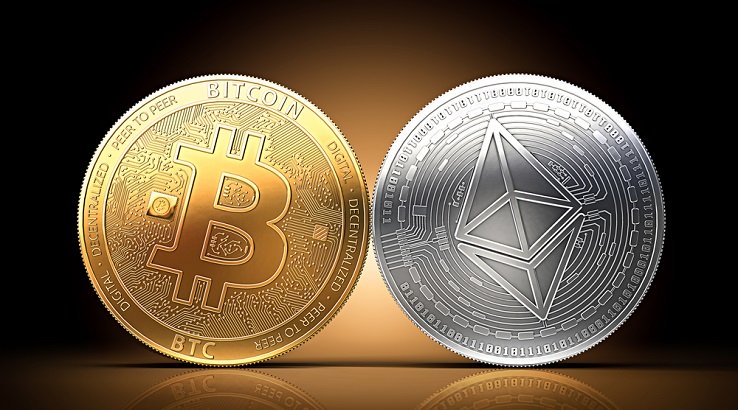
Is Ethereum similar to Bitcoin? Both yes and no. Ethereum, like Bitcoin, can be categorized as a digital currency, traded, and accepted as a method of payment, but Ethereum is very different from Bitcoin.
Like Bitcoin, Ethereum has a publicly distributed blockchain. Although there are many technical differences between the two, the most important differences are the goals and capabilities.
Bitcoin was first created with the goal of a global, peer-to-peer, and decentralized payment system, but Ethereum seeks to remove focus from all processes.
While the Bitcoin blockchain is used to track the ownership of digital money (bitcoin), the Ethereum blockchain is designed to execute a decentralized application code.
Ethereum, like Bitcoin, is based on the proof-of-consensus algorithm but is set to move toward stock proof. In stock proof, mining does not take place and people approve transactions based on the number of their assets in the network and receive rewards.
While the number of Bitcoin units is limited to 21 million units, no ceiling has been set for Ethereum yet, but the number of coins will likely be set or at least set for the annual production limit to control inflation. Ethereum trades much faster than Bitcoin and has a much lower fee than Bitcoin.
It is not possible to say for sure whether Bitcoin is better or Ethereum because these two networks do not have the same goals and each has its unique application and feature.
Do Bitcoin and Ethereum have a common future?
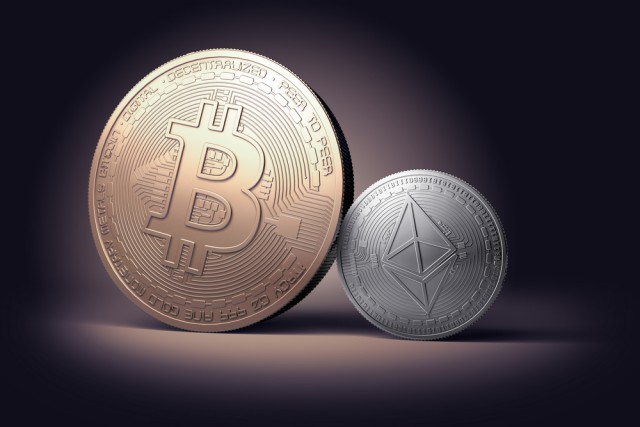
Bitcoin is the pioneer of digital currencies; This network is a kind of software on a Chinese block. However, Bitcoin is just software. For example, email is one of the applications of the Internet, but it is only one of the thousands of applications of this technology. "Imagine you are on the street and you want to take a taxi," said Dr. Gavinwood, co-founder of Ethereum. You ask Snape for a car and a car driver - without a driver - drives you. A taxi will take you to a gas station and pay for fuel from its previous passengers. It will then take you to your destination and your fare will be paid from your e-wallet. It also automatically pays for its owner's annual insurance and monthly debt when a taxi arrives at your destination. "After you get off, he goes to a repair shop to fix any defects in the car." You might think that these are scenes from a science fiction movie, but this is the future of the world. Smart contracts can shape the future of the world.
What are the benefits of decentralized platforms like the Ethereum?
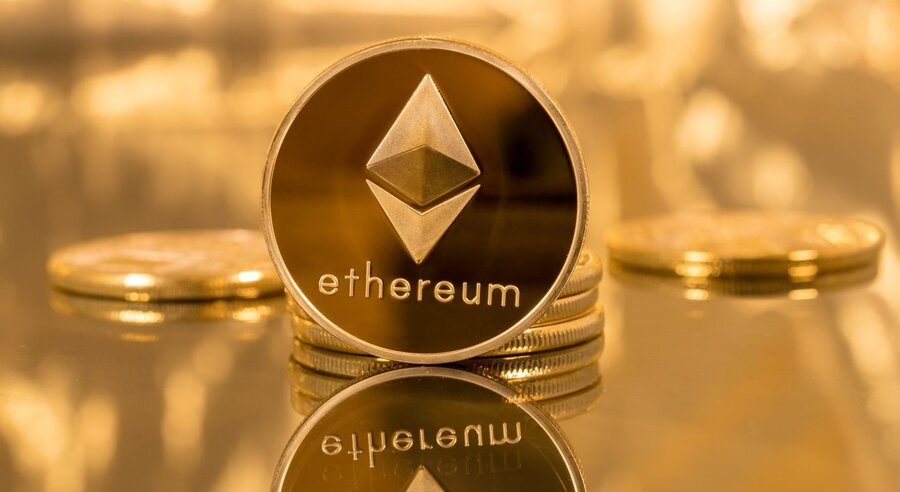
Because decentralized applications run in Blockchain, they can take advantage of all the features of Blockchain.
Immutability - Intermediaries and third parties can make no changes to the data.
Non-manipulative and intrusive - applications are based on network consensus. Therefore, it is not possible to censor, infiltrate, or delete data.
Secure - No central entity and guaranteed by encryption.
Always active - Decentralized programs never stop and no one can stop them.
Any centralized service can be decentralized by Ethereum. Large services such as payments, insurance, polling, and many of the services now provided by intermediaries will be decentralized to the Chinese blockchain.
Using platforms such as Ethereum, companies, and services can maximize trust in their work and give credit to their business. In a world where data is so valuable, decentralization will be inevitable
What is a smart contract?
A smart contract is a protocol used to set up contracts. A smart contract is a special protocol that is activated to participate in, approve, or implement the provisions of a particular contract. Smart contracts carry out transactions and processes in a fully guaranteed manner and without the presence of third parties. Smart contract activities and records are trackable and non-refundable. These contracts automatically include all information about the terms of the contract and the implementation of all targeted actions.
How Do Smart Contracts Work?

Let's take a simple example to better understand smart contracts. Smart contracts can be thought of as vending machines. When you want to buy a drink from these machines, you first put money into the machine. The machine then automatically processes your money and delivers the drink. If we take into account the technical issues, smart contracts work almost like vending machines. Smart contracts process the payment or execution process of a contract without the need for intermediaries or intermediaries and perform the activity if the terms of the specified contract are correct. The only thing these devices do is automatically execute the instructions given to them.
An overview of the history of Ethereum so far
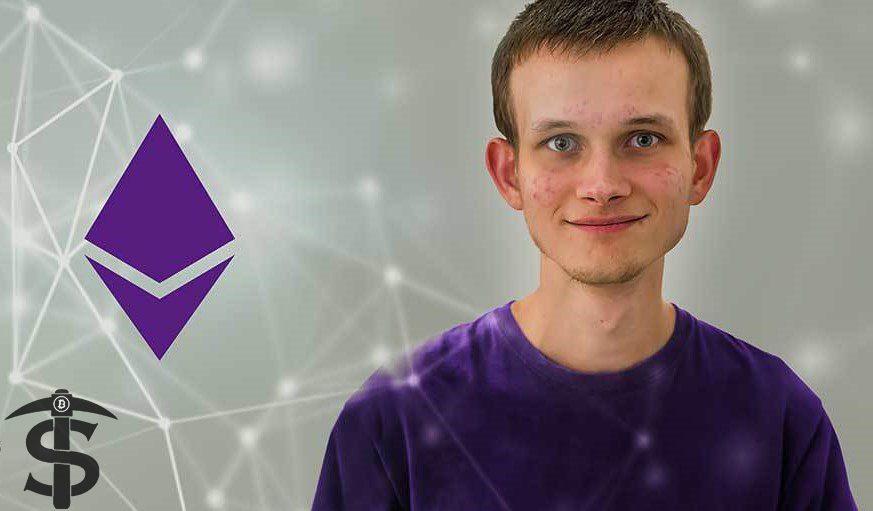
The original creator and inventor of Ethereum is a Russian genius named Vitalik Butrin. He is now (in 2019) about 24 years old, in 2013, when he was only 18 to 19 years old, he published a white paper (network work report) of Ethereum.
At the same time, about 30 prominent developers met with Vitalik to discuss the issue. Butrin waited for the criticism, and others pointed to fundamental errors in its meaning. Even at that time, the concept of the Ethereum was more central to a currency. During the meeting and discussion with the people who had this idea, the passage of time changed it and gave it a new shape. Once they learned the programming language, they used new methods to use it every week. In late January 2014, the project team realized that creating file storage on a decentralized platform was relatively easy and that concepts such as the Name Registry could be created with just a few lines of code. As new uses piled up, Vitalik's idea slowly transformed into the Ethereum we see today.
Public announcement in 2014
In January 2014, the launch of the Ethereum platform was officially announced. The initial members of the Vitalik Butrin platform development team were Mihai Alice, Anthony Delorio, and Charles Hoskinson.
Founded by Ethereum Foundation in 2014
In June 2014, the Ethereum Non-Profit Foundation was established to further help develop the platform. The foundation is currently based in Switzerland.
Outsourcing and capital raising in 2014
In June and August 2014, during the mass sale of ether in exchange for bitcoins, the Ethereum team collected more than 31,000 bitcoins from the digital currency community. Those bitcoins were worth about $ 18 million at the time. Bitcoin traded in the $ 650 range at the time of the mass scale, but over time the price of Bitcoin plummeted and the project team had to lose millions of dollars.
Launching the Ethereum Experimental Network in 2015
Olympic was the name of the Ethereum Experimental Network, which was launched in May 2015. Many users attribute Ethereum 's release date to the Olympic release. This network allowed developers to familiarize themselves with the platform.
Implementation of Hard Fork Frontier in 2018
The Ethereum development process was divided into four stages so that developers could adapt to it. Frontier was the first step in this network development process and laid the groundwork for Ethereum. In this version, users could buy and sell Ethereum, extract Ethereum, and build smart contracts and decentralized applications. Frontier was officially released on July 30, 2015.
Implementation of Homestead Hard Fork in 2015
Homestead is the first stable version of Ethereum to be implemented on March 10, 2016, on block 1,150,000. At Hard Fork Homestead, the Ethereum network was ensured to be truly secure, and a series of general updates were applied to it.
DAO Hack and the emergence of Classic Ethereum in 2016
One of the interesting features of blockchain is decentralized organizations (DAOs). Simply put, a DAO is an intelligent contract with which a systematic process can be performed automatically and without intermediaries. To build a DAO, a group of programmers first use code to specify how the organization should work. Once a smart contract is executed, people can play a role in determining its fate by buying tokens that represent their shares in the organization. The DAO Smart Contract contains code that manages how decisions are made, and the DAO Token is a digital currency or software that allows DAO users to vote. In a way, Bitcoin can be considered the first DAO available because users will be able to vote to confirm transactions on this network.
A German startup called Slock.it has built a smart DAO contract on the Ethereum network that enables people to share their assets decentrally. When the project reached the stage of the token sale, it became the most successful primary fundraising campaign in the world, raising $ 150 million.
The DAO base code was not great; While the text was open and visible to everyone. On June 17, an anonymous hacker or group of hackers found a bug in the system and began collecting money from the DAO and transferring it to a DAO copy. $ 50 million worth of ether was stolen before he was stopped.
Although only one bug in the code caused this loss of capital, Ethereum 's reputation and the concept of DAO were called into question. Following the news, a large number of people in the Ethereum community decided to create a kind of hard fork to restore the lost credit.
Hard forks, gaps, and splits in the Chinese blockchain is a digital currency that generally changes the rules of a currency and a new Chinese blockchain is created. A hard fork is a kind of separation of an approach by members of a community who decide to follow other previous protocols in the same Chinese bloc. In other words, a new version of the previous blockchain is called a hard fork.
Thus in Block 1920,000, a hard fork happened to Ethereum. In this way, the lost capital of the investors can be returned to their pockets.
Implementation of Tangerine Whistle in 2016
In Wessel Tangerine, the concept of Gas and its ups and downs was introduced to pay network fees and expenses. Developers were also able to deal with DDoS attacks in an extraordinary way by raising the cost of some heavy-duty activities. This update was made to block 2,463,000 as of October 18, 2016.
Implementation of Spurious Dragon in 2016
The Spray Dragon was Ethereum 's second fork to counter Didas attacks. In this hard fork, which was implemented on November 22, 2016, the vulnerability of the Ethereum network to Didas attacks was almost zero.
Implementation of Hard Fork Metropolis (Byzantium and Constantinople) in 2019
Metropolis Hard Fork is divided into Byzantine and Constantinople hard forks, but the main part is Constantinople.
Launched in October 2017, the Byzantium hard fork was accompanied by nine changes to the Ethereum platform, reducing the hardness of the Ethereum network. It also paved the way for the implementation of Constantinople and the completion of the metropolis.
Constantinople's hard fork (Constantinople) will be the most important Ethereum hard fork in the past years, which after several delays, is scheduled to be finally implemented on February 27, 2019. This update will be a big step for the Ethereum network and developers who want to move from proof-of-work (mining) algorithms to proof-of-stock. In this major upgrade, as defined in the Ethereum Roadmap, in addition to improving the network, the block reward will be reduced from 3 to 2 and the Ethereum hard bomb will be delayed.
In general, after the implementation of Constantinople and the completion of the police metro hard fork, the following improvements and changes will be achieved in the Ethereum network:
Improve the privacy of transactions
Improve the security of smart contracts
Delay the Ethereum hard bomb
Reduce Ethereum Extraction Bonus
Implementation of Serenity Hard Fork or Ethereum 2.00 at an unknown time
Ethereum creator Vitalik Butrin unveiled the roadmap for the second version of Ethereum (Ethereum 2.0) at the Devcon4 conference on October 31, 2018, in Prague.
Ethereum 2 will be a completely different version of the current Ethereum. This version of Ethereum includes Casper to go stock proof, Sharding for scalability (fast and cheap transactions), and EWASM to improve Ethereum Virtual Machine and thus network. Ethereum 2 is the Serenity stage defined in the original Ethereum roadmap.
How does Ethereum work?
To better understand how Ethereum works, we suggest that you first read the article How Bitcoin Works, but in this simple language section, we will look at how Ethereum works. As we said, Ethereum is a platform for smart contracts. Smart contracts are programs written by programmers that perform a process in a decentralized, non-stop manner. The language in which smart contracts are written in the Solidity programming language.
Smart contracts are implemented and executed on the Ethereum China block. Ethereum, like Bitcoin, has its blockchain. Like Bitcoin, Ethereum also has a public blockchain, meaning that all members of the Ethereum network are involved in approving transactions.
Blockchain is maintained on the computers of anyone connected to the network, with the exception that in Bitcoin only transaction history is stored, but in Ethereum Nodes it also maintains the status of smart contracts. Nodes also run something called a virtual machine.
What is an Ethereum Virtual Machine?
Ethereum Virtual Machine (EVM) is a fully Turing software that runs on the Ethereum Node network. This system, regardless of the programming language, provides the user with as much time and memory as he wants. Ethereum Virtual Machine makes the process of creating Chinese blockchain applications much easier and more efficient than ever. Instead of creating a one-China block for each application, you can use the Ethereum China block for thousands of applications.
What is ether?
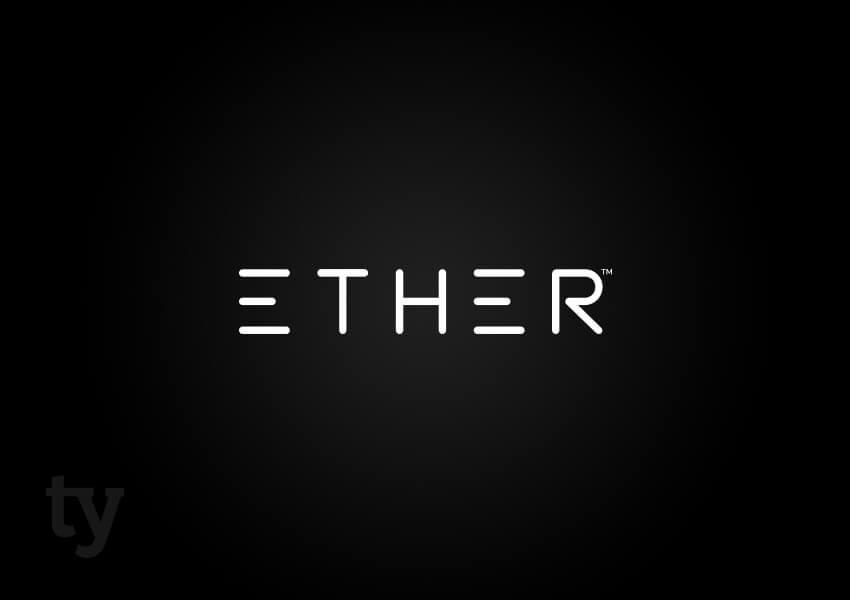
Ether is the name of the main digital currency of the Ethereum network. One of the uses of ether is to use it as an asset and make online payments, but the main purpose of making this currency was to motivate the network to operate. Like gasoline, which is the fuel for cars, ether is the fuel for the Ethereum network, otherwise, there would be no incentive for the network to operate.
Network costs, such as transaction fees, are paid for using ether, and miners receive ether rewards in exchange for building blocks. Ether is valuable and is traded in exchange offices.
Ethereum price
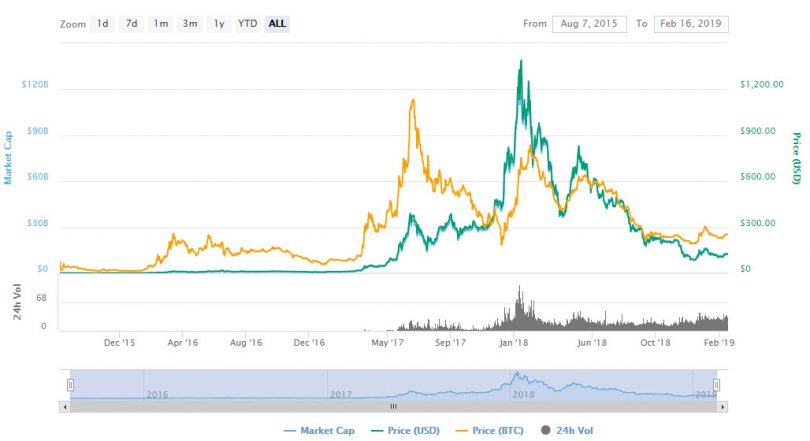
In 2017, the year of the digital currency boom, Ethereum prices rose 10,000 percent. Yes, that's right, 101 times. That's $ 100 at the beginning of 2017, and $ 10,000 at the end of 2017. Something that might happen every century. In 2016, the value of each ether was less than one dollar.
After January 2018, the price of Ethereum fell sharply, and today (February 17), as we write this article, Ethereum has fallen more than 89% from its highest price of $ 1,500. The total value of this digital currency came very close to Bitcoin in early 2017, and some even predicted that this digital currency could surpass Bitcoin in the currency table.
The Ethereum is currently priced at around $ 120 per unit. This figure indicates that if Ethereum can reach its previous high of $ 1,500 again, it will have grown about 15 times.
Ether is a functional currency. Obviously, the more it is used and accepted, the higher the price will be. The Ethereum can be used to make processes smarter. The more Ethereum smart contracts are accepted by institutions, the more popular and useful they will be, and consequently the higher the price.
Ethereum wallets
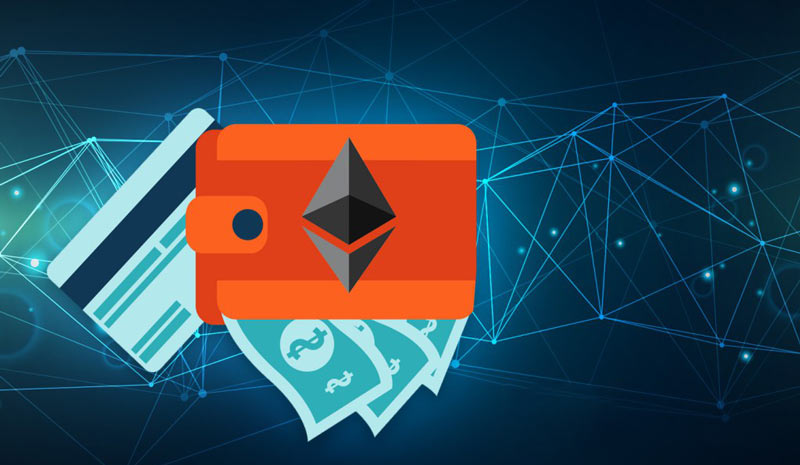
To store Ethereum, you need a software called a wallet. You can have these wallets on your computer or mobile. Each Ethereum wallet contains a public key and a private key.
The wallet address is the same as your account number and you can give it to your friend for example to receive Ethereum. Private Key means all your wallets and you should not give it to anyone in any way. With the private key of the wallet, you can have full access to the amounts inside the wallet.
The most famous and safest Ethereum wallets
Many wallets have been developed for the popular Ethereum currency. You can see the types of these wallets in the wallets section of the digital exchange site, but in this section, we will introduce only a few of the most famous Ethereum wallets. In these wallets, you can store and manage all Ethereum -based tokens in addition to ether. You can also read more about Ethereum wallets in this article.
Ethereum official wallet or Mist
This is the official Ethereum wallet. When you install Mist, you must download all of the Ethereum 's blockchain and sync with the nodes. The use of mists is not recommended for beginners because its implementation requires the download of all blockchain data and appropriate hardware specifications. You can visit the official Ethereum website to get mist.
MyEtherWallet wallet
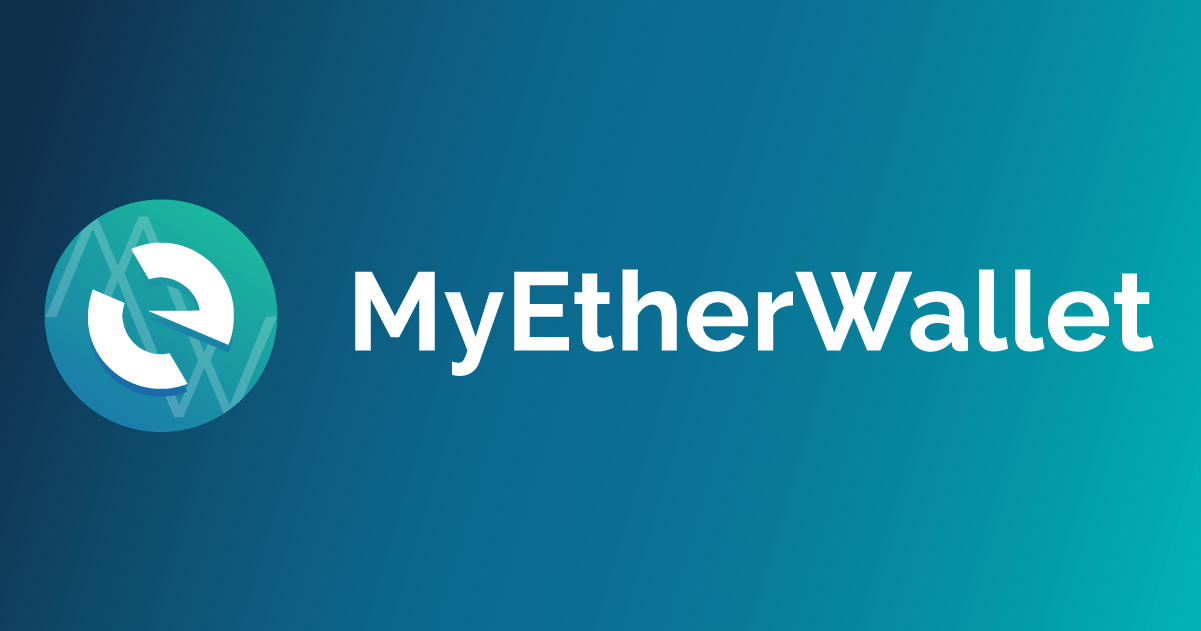
MyEtherWallet is Ethereum 's most widely used wallet. This platform is web-based but its security is guaranteed below you will have control over the Ethereum private key through your system. This program is open source and its server is not controlled by any third party and allows you to write and access smart contracts. You can also access your inventory or create a paper wallet through this browser by accessing the Trezor or Ledger Nano S.
LEDGER NANO S hardware wallet
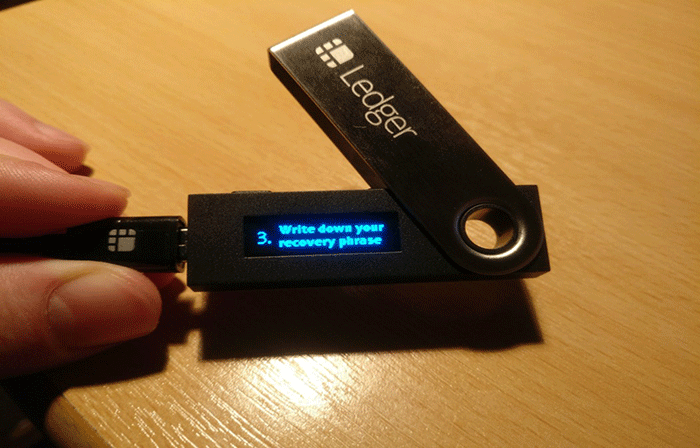
This wallet is one of the safest options for storing Ethereum. The Ethereum private key is stored offline on this device. The best thing about the Ledger Nano S is that it comes with an OLED display that lets you control transactions. The security of the device is so high that you can even use it on a hacked computer.
TREZOR hardware wallet
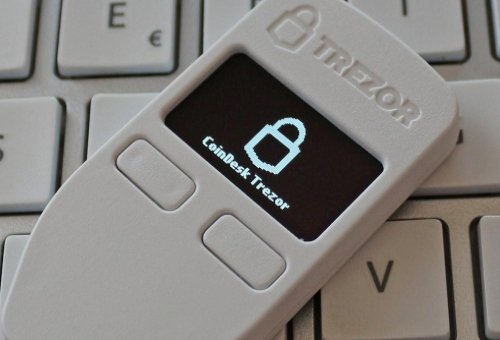
TREZOR is a hardware wallet that was released in August 2014 for Bitcoin. Treasury can be considered the first bitcoin hardware wallet. This wallet, along with the security features of a cold wallet, also brings ease of use, just like hot wallets. With this wallet, you can safely store several other digital currencies in addition to Bitcoin and Ethereum.
Coinomi mobile wallet
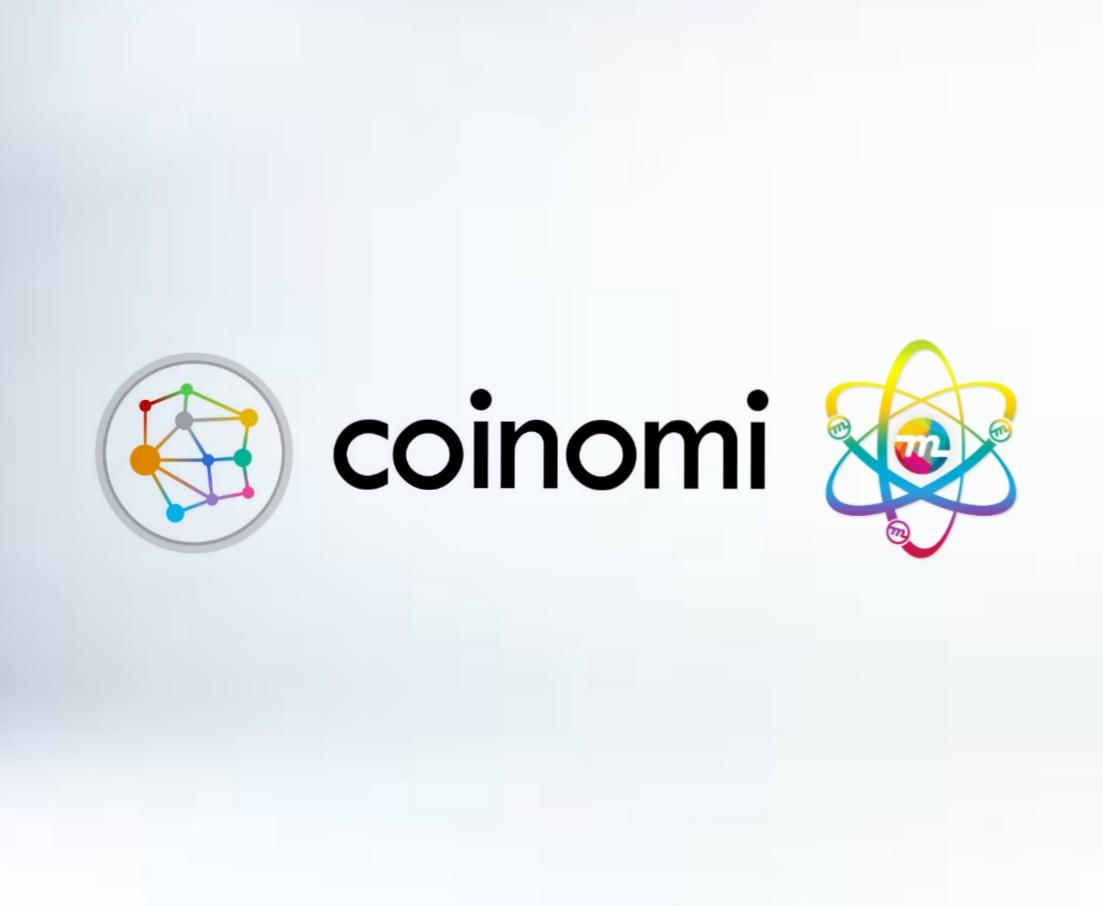
For Ethereum, many wallets have been developed on the mobile platform, and it can be said that the most important of them at the moment is the quinoa wallet. This wallet holds your keys inside the device and allows you to store 18 different coins and 214 tokens. This wallet is currently available for Android and iOS operating systems. To download this wallet, you can refer to its official website.
What is an Ethereum?
Video tutorial using ViaBTC extraction Pool
What is bitcoin and how has it been created?
